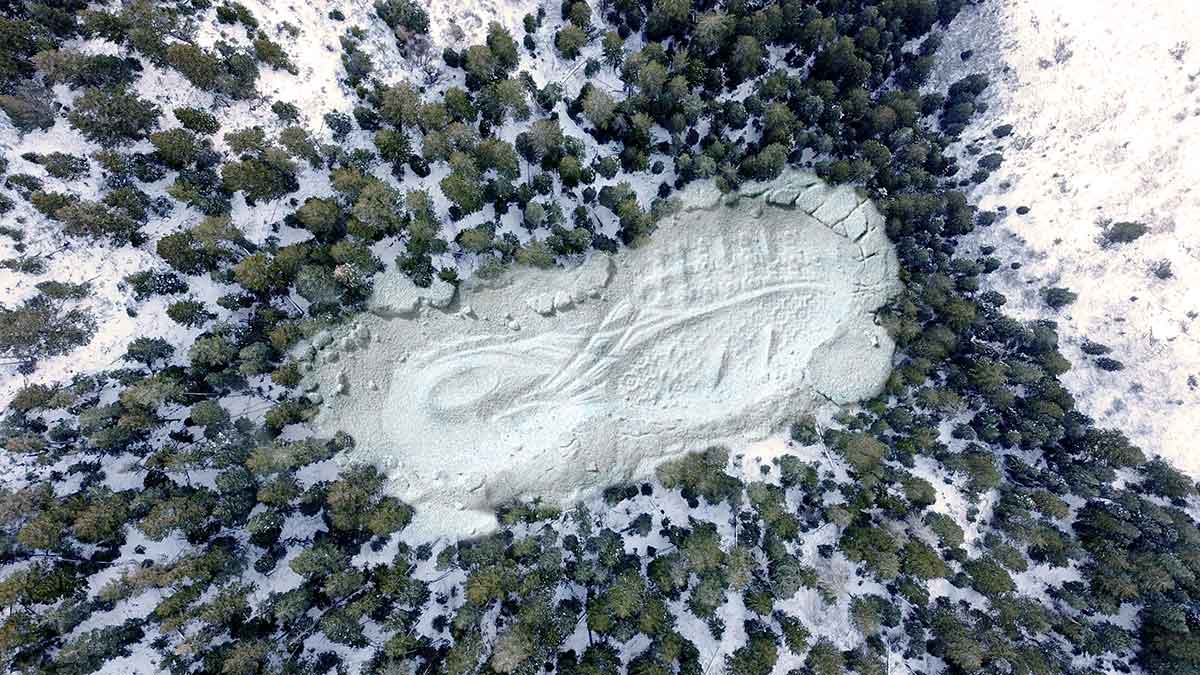Aldoro expands Windimurra lithium footprint, ‘proven resource finder’ joins team

Aldoro has picked up more ground around its Windimurra lithium project. Pic: Getty Images
Aldoro has expanded the footprint of its Windimurra lithium project in Western Australia’s Mt Magnet region with the acquisition of two projects.
The adjacent Wyemandoo project and the Niobe tantalum-lithium project, as well as the company’s existing licenses, contain multiple lithium and tantalum areas of interest that will be the focus of exploration.
Windimurra is rich in lithium-cesium-tantalum type pegmatites with rock chips returning results of up to 2.6% lithium oxide, 5,610 parts per million tantalum oxide and 16.5% tungsten oxide.
Aldoro Resources (ASX:ARN) adds that respected regional geologist Dr Peter Hayden has joined its technical team to assist with unlocking the lithium potential of its expanded portfolio and that ground work has begun.
“It is pleasing to secure the adjacent licence to Aldoro’s Windimurra lithium project at E59/2431 which is showing significant promise whist also bolstering our technical team with the welcome addition of Dr Peter Hayden who is a proven resource finder,” chairman Joshua Letcher said.
“Whilst we are excited to shortly commence drilling our flagship Nickel-Copper-PGE project at Narndee over the next few months we have already put plans in place to ensure work currently occurring at our Windimurra lithium project continues unabated”.
New lithium projects
The Wyemandoo Project, 80km southeast of Mount Magnet, covers 9sqkm and is adjacent to the company’s existing E59/2431 licence.
Pegmatites at the project generally trend northeast and can strike over 1,000m in length, vary from 1m to 20m in outcrop width.
While over 20 such pegmatite dykes have been mapped to date, 10 of which have been sampled, dozens more have yet to be mapped and sampled.
Aldoro notes that the Wyemandoo pegmatites represent a new lithium bearing pegmatite field that appear to cover a large area about 25km north-northwest from the Youanmi lithium pegmatite field.
Meanwhile, the Niobe project is 70km northwest of Mount Magnet and features a pegmatite dyke swarm hosted by a metagabbro sill.
High-grade tantalum ore has been mined in the past from a small open pit and there are shallow high-grade drill intersections that have not yet been mined with mineralisation remaining open at depth.
While lithium was detected in the 1980s, the lithium potential of the area has been largely ignored.
Additionally, just 13% of the numerous historical drill holes have been assayed for lithium.
These are all clustered in a small area and about half returned anomalous values above 1,000ppm lithium with a top result of 1.27% lithium oxide.
This article was developed in collaboration with Aldoro Resources, a Stockhead advertiser at the time of publishing.
This article does not constitute financial product advice. You should consider obtaining independent advice before making any financial decisions.
Related Topics

UNLOCK INSIGHTS
Discover the untold stories of emerging ASX stocks.
Daily news and expert analysis, it's free to subscribe.
By proceeding, you confirm you understand that we handle personal information in accordance with our Privacy Policy.








